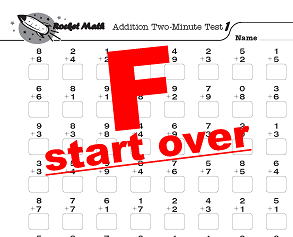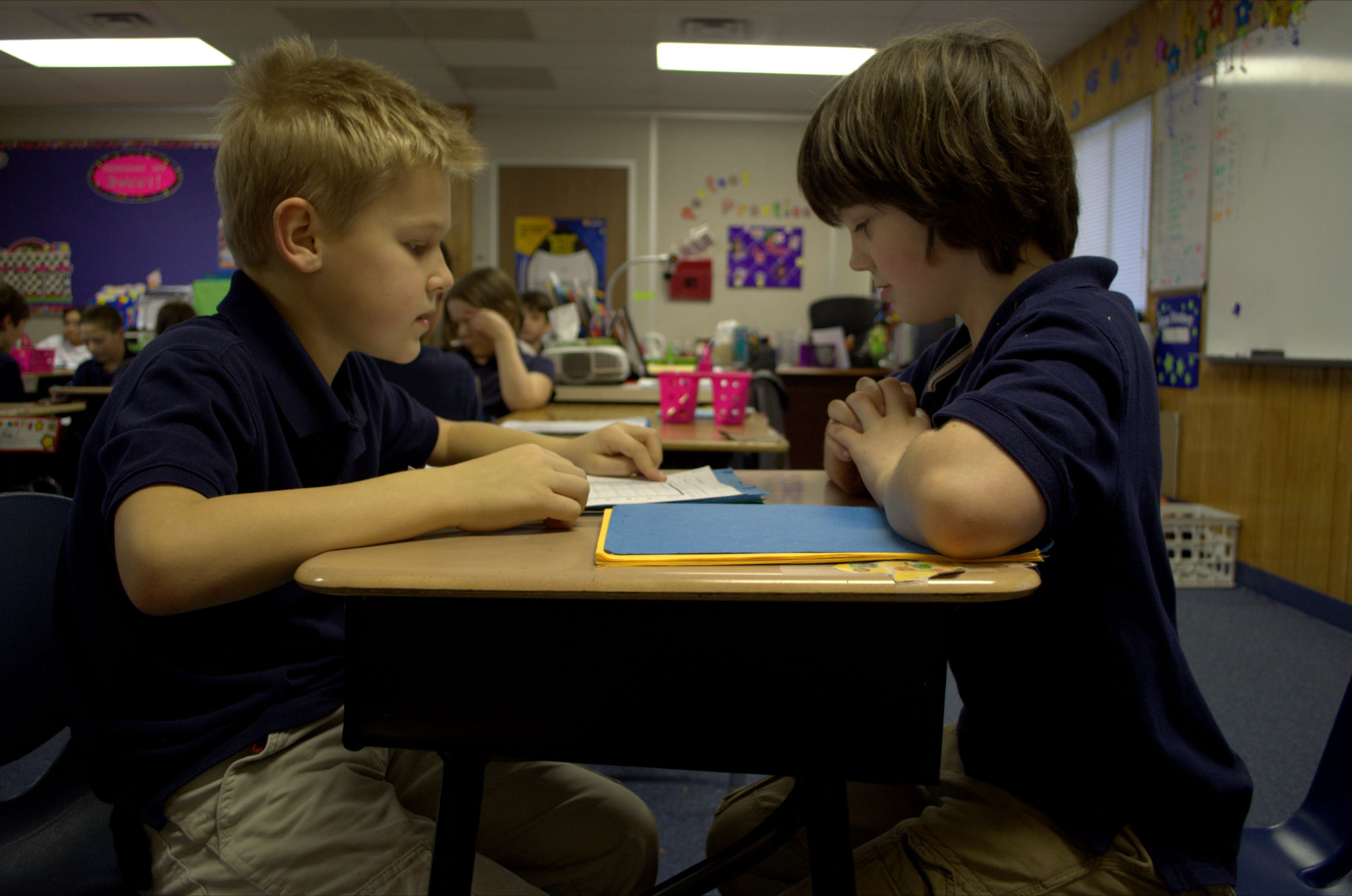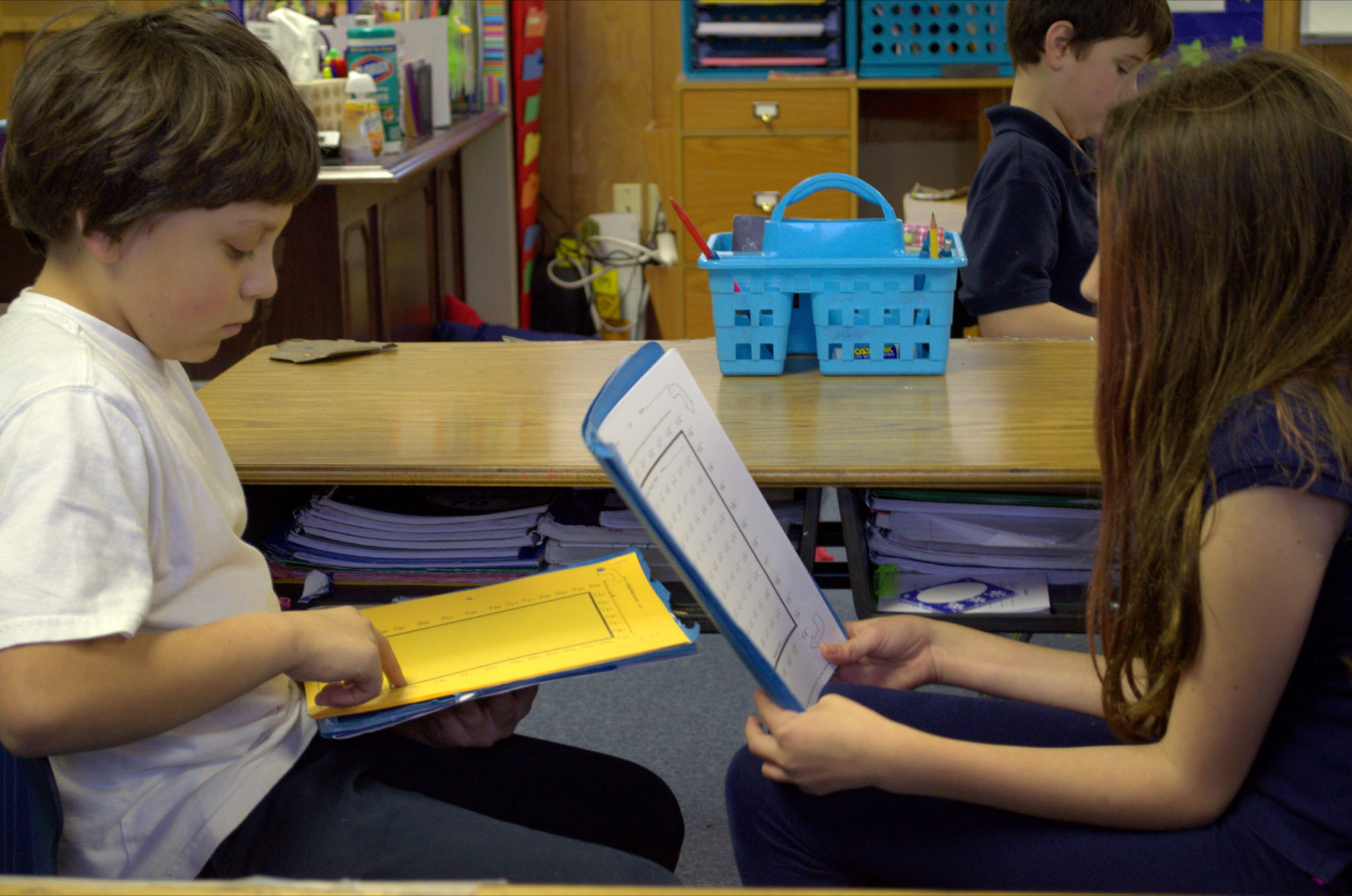Getting an “A” grade motivates students to do more of that subject.
Teachers ask me how they should grade Rocket Math. The answer depends upon the point of grading. If the point is to motivate students, then take the passing tests and grade them based on accuracy. Everyone is required to get 100% accurate in order to pass, so everyone will get an “A.” But somehow that doesn’t usually satisfy people. Here’s the problem. Who is responsible for the success of students doing Rocket Math? The teacher is. The students–not so much!
Teachers must teach students how they are to practice and how the partner is to make corrections. The teacher is supposed to walk around and monitor to see that the students are practicing and correcting the right way. The teacher is responsible to intervene and re-train the students in the proper practice procedures if they aren’t doing it right, not give them a bad grade. As long as students are practicing the way they should they will learn as fast as they can. The teacher is responsible for how much time students have to practice and how frequently they get to practice. The teacher is responsible for arranging that parents know how to practice at home and for arranging that students bring the used sheets home daily for homework. The teacher is responsible for making sure goals are set properly. If a student is not progressing well with one practice session a day, the teacher is responsible for seeing that the student gets an extra practice session each day. So, if the point of grading is to communicate whether students have been responsible in doing their work, how can you grade students down if they are doing what they are told but the teacher hasn’t done what’s needed to make them successful?
Still, if you feel the point of grading is to communicate student progress or lack of it, regardless of who’s responsible, you could grade students on the speed of their progress. That would be fair, as long as everyone was clear that a student who was progressing too slowly and thereby got a low grade needs additional practice time rather than a scolding. I would recommend grading based on the assumption that students should pass at least a level a week. Take the number of days the class has done Rocket Math during the grading period and divide by 5 to get the number of full weeks students have had to practice Rocket Math. Take the number of levels each student has passed during the grading period and divide that by the number of weeks they had to practice. That will give you a percentage on which you can grade, using your school’s typical grading system.
Levels passed divided by the number of weeks practiced (calculated by dividing the number of days by 5).
A class did Rocket Math 40 days during the quarter, divided by 5 gives 8 weeks. A student who passed 7 levels during that time gets 7/8 or 87%, which is a B in most places. His partner passed only 6 levels in those 40 days so he got 6/8 or 75% which might be a C.
Another class did Rocket Math every day, 45 days during the quarter, divided by 5 gives 9 weeks of practice. A student who passed 6 levels in that time would get 6/9 or 66% probably a D. Another student who passed 11 levels in those 9 weeks would get 11/9 or 122% an A.
Any student with a grade below “C” should start getting an extra practice session each day to prevent falling behind further. In a classroom where students were practicing the right way each day almost all of the students would pass at least a level a week and all would get As.










